The 7 most exciting camera phones of MWC 2019
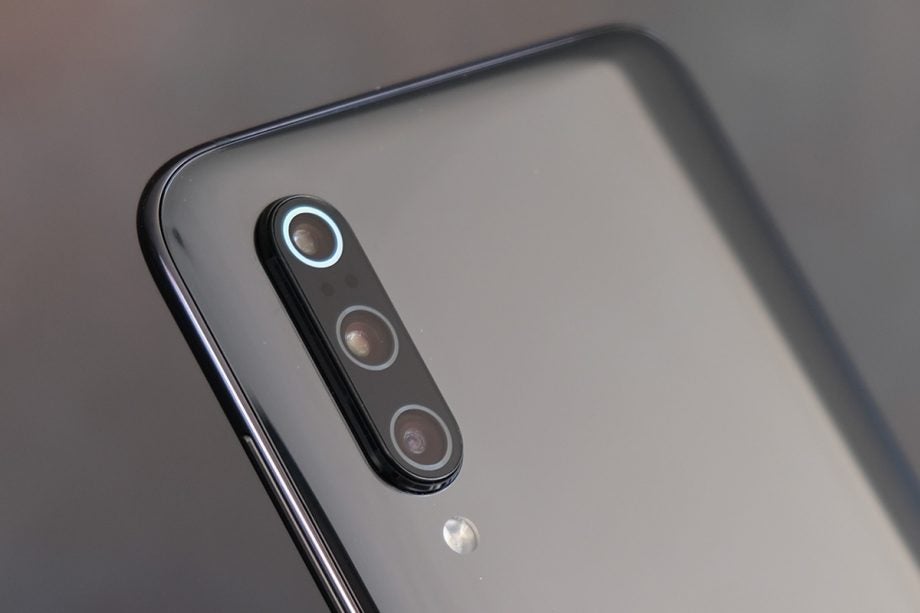
Best camera phones of MWC 2019: all of the best new smartphone cams from Nokia, Sony, Oppo and more
If smartphones are the headliners of MWC 2019, there’s no doubt who the support acts are – their staggeringly powerful cameras.
This year has been a particular treat, with phone cameras breaking new ground in optical zoom, multi-sensor arrays and autofocus systems. Oh, and selfies, of course.
Features that were once thought to be virtually impossible to fit into a 5mm-thick slab of glass are now not only commonplace, but coming as standard in mid-range handsets.
So which phones have delivered the camera highlights of MWC 2019 and what exciting photographic tricks will be coming to your next phone?
Here are our seven favourites from the show.
Related: Best camera phones
Sony Xperia 1
Cameras: 12-megapixel (f/1.6, 26mm), 12-megapixel (f/2.4, 52mm telephoto), 12-megapixel (f/2.4, 16mm wide-angle)
Sony has finally taken the leash off its Xperia cameras with this new flagship, its first to have a triple-camera setup.
That’s not the real story though – what’s interesting about the Xperia 1’s camera system is how much its borrows from Sony’s Alpha and Venice cameras.
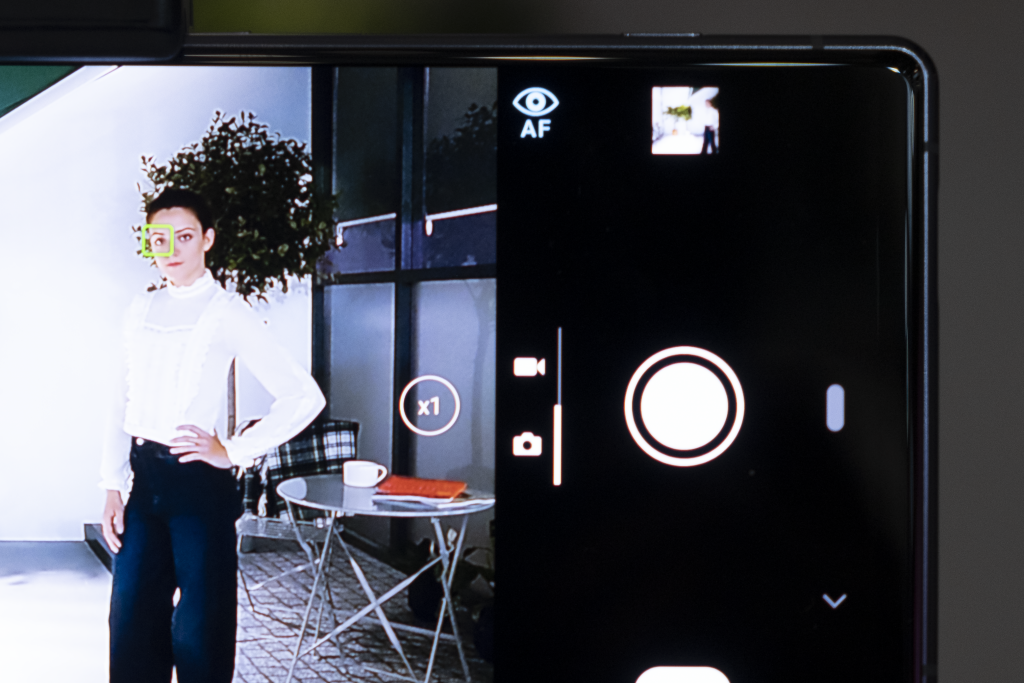
For a start, there’s Eye AF. This autofocus feature, which Sony pioneered on its mirrorless cameras, lets you get a continuous focus lock on your subject’s eye, which is handy for nailing portraits and video.
The Xperia version isn’t quite as powerful as the Eye AF seen on Sony’s cameras (it locks onto the nearest person, rather than letting you choose a person from a group), but it’s a first for smartphones and worked well in the (admittedly well lit) demo we saw.
Sony has also gone kitchen sink with video shooting, borrowing the brains behind its professional CineAlta Venice camera to introduce some colour management presets that you can apply to your 4K HDR videos (shot in 24fps, 21:9 format, of course).
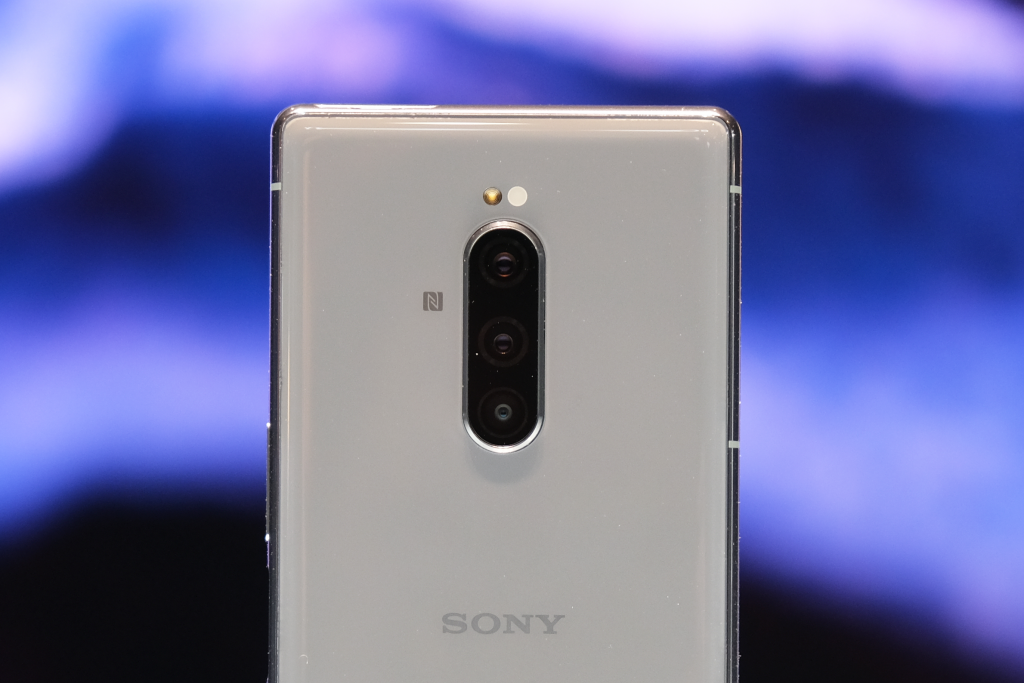
And then there’s the impressive specs of the main 12-megapixel camera – a bright f/1.7 aperture to help with low light shooting, optical image stabilisation and large 1.4 micron pixels. All things Sony has been strangely reluctant to bring to its phones, perhaps because it’s been far more successful in making the sensors for other flagship smartphone cameras.
The Sony Xperia 1 is still some way off being a Sony RX100 VI in smartphone form and the company has traditionally struggled with software and image processing rather than hardware, so we’ll have to see how it performs. But it’s good to see the Xperias borrowing some of the software sparkle from Sony’s brilliant mirrorless cameras.
Nokia Pureview 9
Cameras: 5 x 12-megapixel, f/1.8, 28mm cameras (2x RGB, 3 x black and white cameras)
There’s no doubt about MWC 2019’s most recognisable smartphone camera – the Nokia Pureview 9 has an incredible five 12-megapixel cameras. Plus a flash and depth mapping time-of-flight sensor thrown in for good measure.
So why five cameras? One upmanship? Spares in case you accidentally get your finger in shot? Nope, it’s simply an alternate take on the HDR photography that phones like the Samsung Galaxy S10 and Apple iPhone XS achieve by shooting and merging a quick burst of photos.
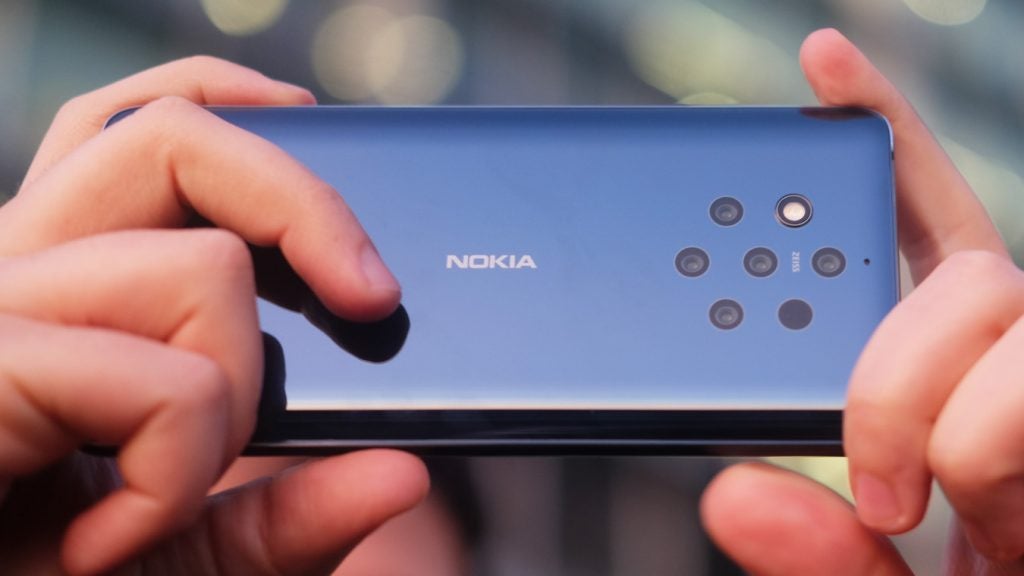
The Pureview 9’s approach promises better low light performance (it apparently gathers almost three times as much light as other phone cameras, according to Nokia) and even greater flexibility after you’ve taken a shot.
Those five cameras – that’s three monochrome cameras, two RGB ones, all f/1.8 with 28mm equivalent focal lengths – fire simultaneously to capture a 60-megapixel photo, which is reduced down to a 12-megapixel snap.
Because they also capture 1,200 layers of depth data, you can choose different focus points and adjust the simulated bokeh after you’ve taken a snap. In other words, you’ve got a huge safety net for fine-tuning your photos.
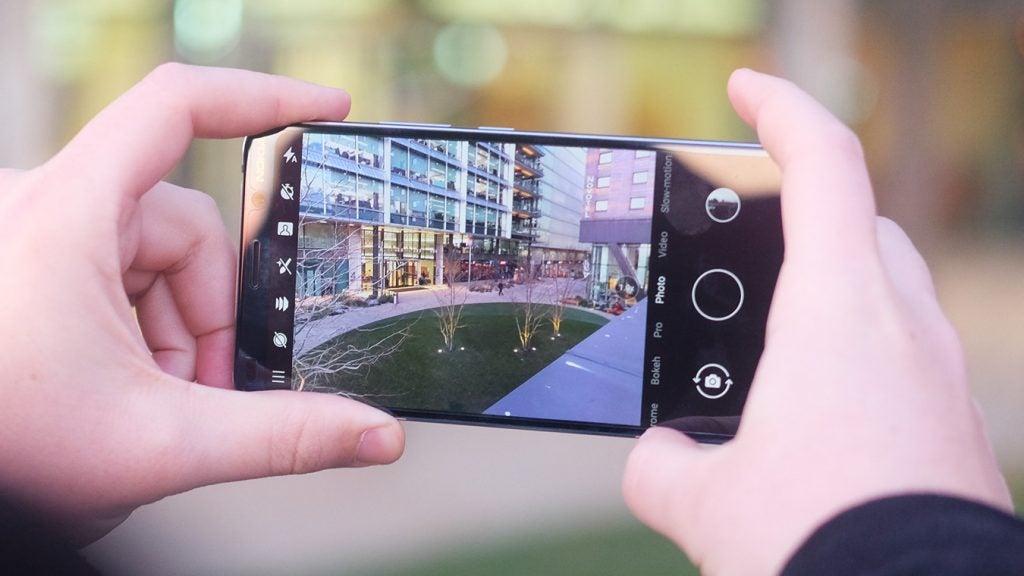
If this all sounds familiar, that’s because it’s based on the same tech as the even more bonkers Light L16 camera from 2017, which had sixteen cameras. That camera was a little rough around the edges, with some slightly ragged stitching and sluggish performance.
I only had a short demo of the Pureview 9, but it seemed to take several seconds to process depth-mapped photos, which could be a little frustrating. Nokia has said that this will improve before launch, but it also lacks the versatility of smartphone cameras that have a mix of focal lengths for wide-angle or zoomed shots.
Still, the Pureview 9 has an incredibly powerful camera system and I can’t wait to try it out in the wild when it launches in March 2019.
Oppo 10x lossless zoom
The Oppo F11 Pro might not be ready for prime time yet, but we did get a preview of the company’s exciting new camera tech – a 10x hybrid zoom system.
Optical zoom traditionally works by physically moving lens elements closer and further apart to give you different focal lengths, which requires the kind of space that’s not really available in today’s wafer-thin smartphones.
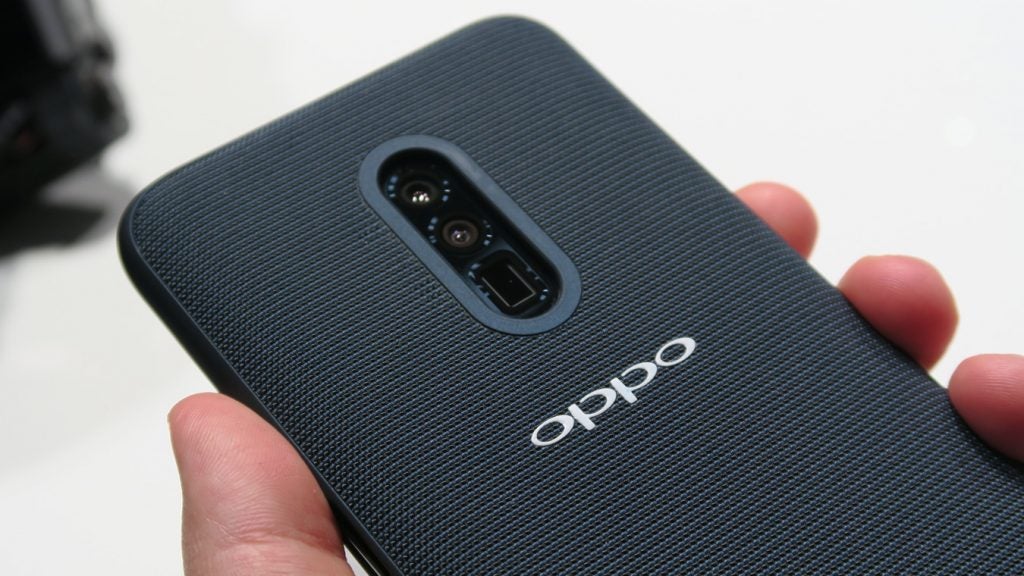
So how does it work? Well, it’s a combination of the hybrid zoom system we’ve seen in recent smartphones with multiple lenses, and a clever periscope-style play on optical zoom.
The system has three cameras: one with a wide-angle 16mm lens, followed by a 48-megapixel camera, then a telephoto camera with optical stabilisation that takes you all the way to 160mm.
That last camera is the one with the clever ‘periscope’ system, which uses a mirror to reflect light through some other lenses and onto the sensor, which sits perpendicular to the phone. This means it can fit inside a very thin body.

The lenses are all still fixed, so it’s technically not zoom in the traditional sense, and any zooming you do in between the three focal lengths is digital, so it’s not entirely optical zoom either. But it is an extremely impressive feat and worked well in the demos we saw.
It’s expected to arrive in a smartphone this summer, perhaps in the rumoured OnePlus 7. One possible spanner in the works, though, is that Samsung is rumoured to be in the process of buying the company behind the tech, Corephotonics, so it might ultimately be a phone like Huawei’s P30 series that brings it to market.
Xiaomi Mi 9
Cameras: 48-megapixel (f/1.8), 16-megapixel (f/2.2, 13mm), 12-megapixel (f/2.2, 54mm telephoto)
The Xiaomi Mi 9’s triple-camera system looks pretty special on paper, but the most impressive thing is that it puts flagship photography skills on a phone with a mid-range price tag.
The Mi 9 will go on sale for €449 in Europe – we don’t yet have an official price for the UK, but it’s fair to say it’ll be a sub-£500 phone when it arrives here in late March 2019.
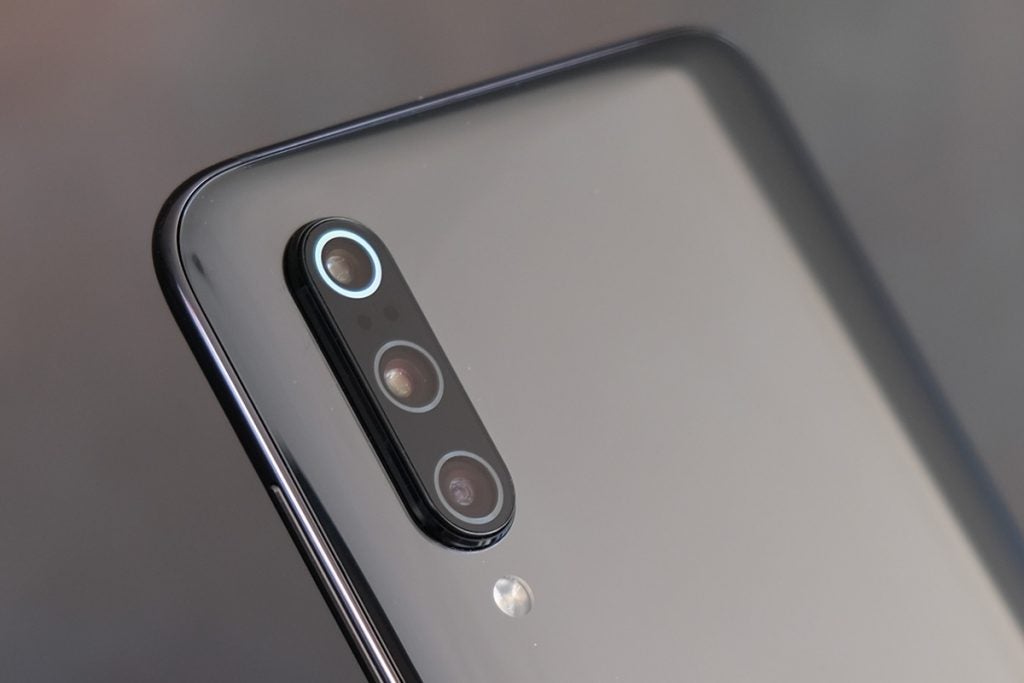
That’s very tempting considering its three cameras are, in theory, right up there with similar systems seen on the likes of the Huawei P20 Pro. The main camera is a 48-megapixel, f/1.75 affair, which uses the same sensor as the Honor View 20 (albeit with a different processing chip).
Then either side of that you have a 12-megapixel telephoto camera with 2x optical zoom and a 16-megapixel ultra wide-angle camera with a 17mm equivalent focal length. Together, those cover you for most shooting situations, whether that’s fancy architectural shots or dog portraits.
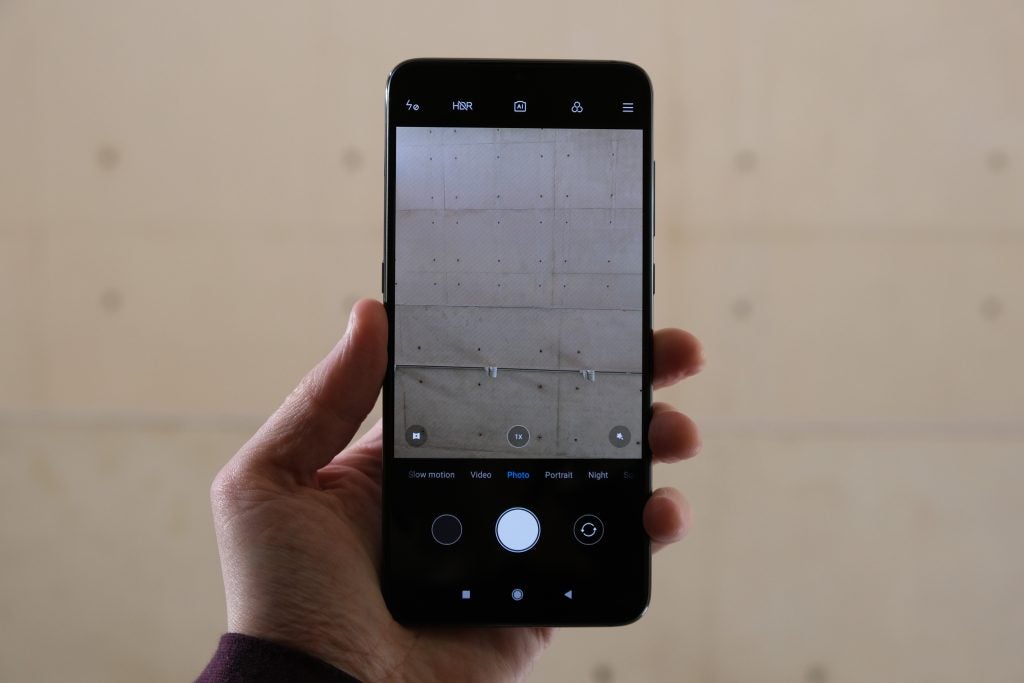
Naturally, that main camera use pixel binning by default, which combines four pixels into one to give you a 12-megapixel shot, though you can also take 48-megapixel shots and crop into some interesting details on those without missing out on resolution.
Of course, great cameras as much about image processing as hardware, so we’ll have to see how the Xiaomi Mi 9 performs in reality. But it is very promising option for those who want a cutting edge phone camera without an overdraft-smashing price tag.
Huawei Mate X
We don’t yet know the full specs of this stunning foldable’s camera yet, but it makes this list because its design brings some interesting new photographic features.
One of these promises to be particularly handy for portrait shots. Because the Huawei Mate X has a screen on both sides when it’s folded, your subject can actually see what they look like in the snap while you compose it from the other side. No more blaming you for your composition skills, then.
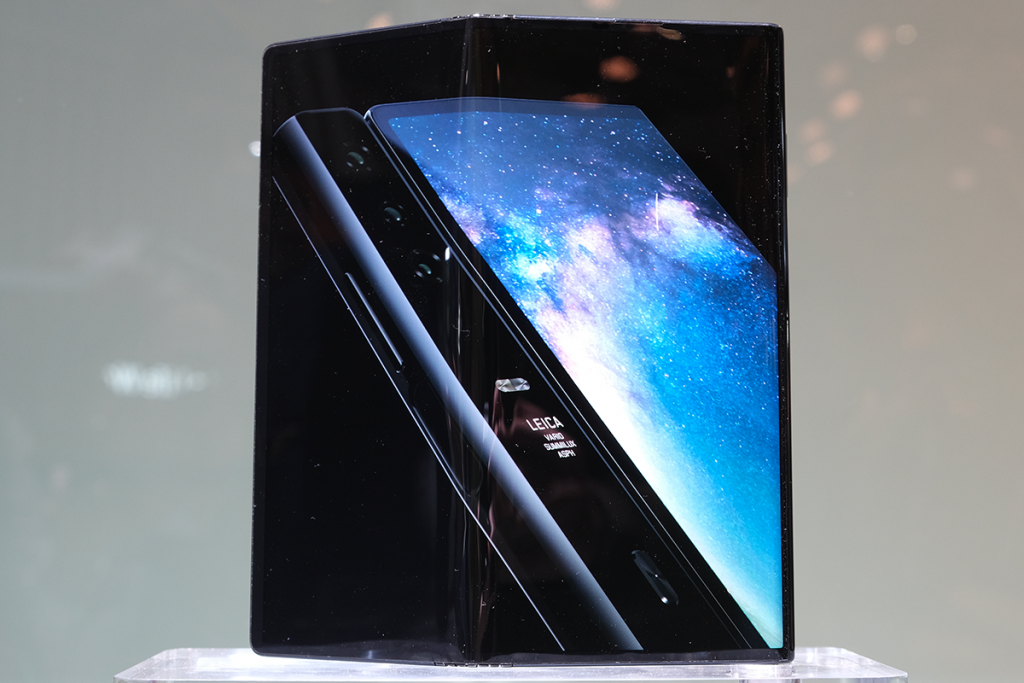
As for the camera setup itself, all we know is that it’s a triple Leica system with some new features – there’s no info yet on megapixels or lens apertures yet.
Still, it seems reasonable to speculate that the reason for Huawei’s coyness on the details is that it’s the same camera setup as the one we’re going to see in the Huawei’s P30 ands P30 Pro, which are going to be launched on 26 March 2019.
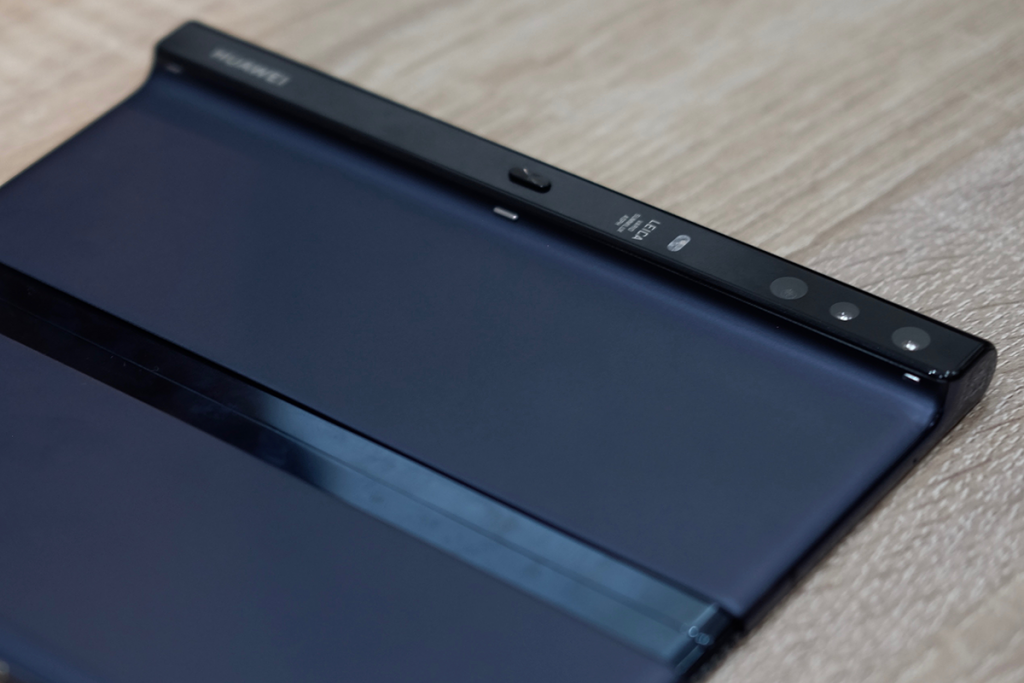
Rumours suggest that this camera system will have a big focus on optical zoom, which means we could see Huawei’s take on Oppo’s 10x lossless zoom tech, perhaps even before that tech launches on any phones.
That would be a massive extra string to the P30 and Mate X’s bows. And with the Mate X also pencilled in for a summer 2019 launch, we won’t have to wait long to find out exactly what snapping talents this new breed of foldables are going to bring.
LG G8 Thinq
Cameras: 12-megapixel (f/1.5, 27mm), 16-megapixel (f/1.9, 16mm), 12-megapixel (f/2.4, 52mm telephoto), plus Z camera (8-megapixel front camera)
Smartphones haven’t just been reinventing their rear cameras at MWC 2019 – for the new LG G8 Thinq, its engineers rustled up a fancy, front-facing ‘Z camera’.
What’s a Z camera? Sadly, it’s nothing to do with Zorro – instead it’s LG’s take on the ‘time of flight’ depth-sensing camera, which it uses in a few interesting ways on its new flagship.
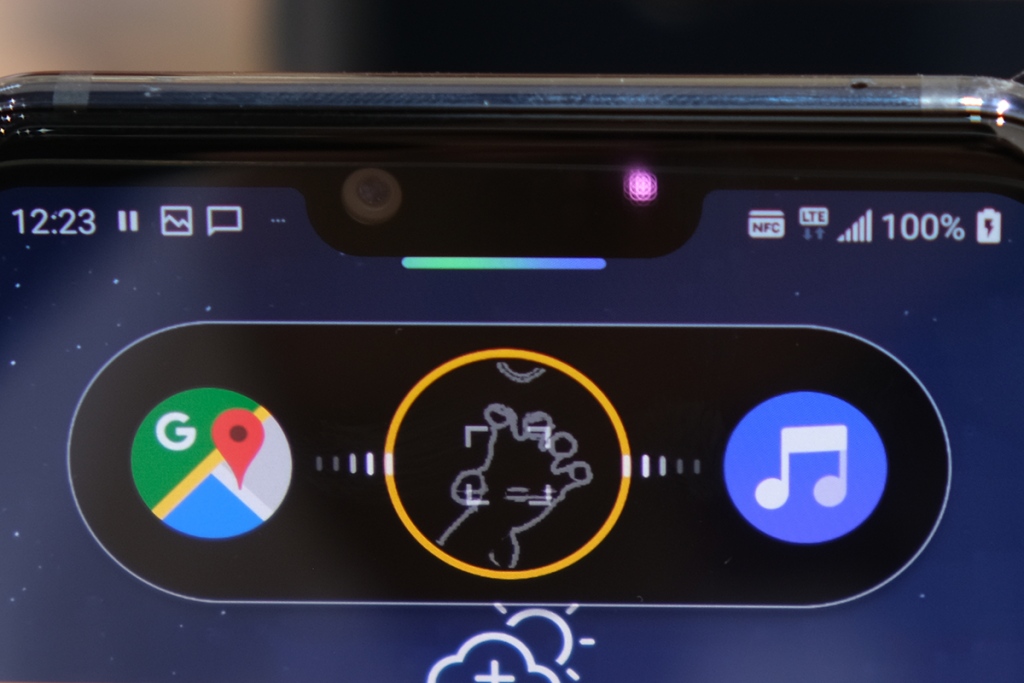
Firstly, it means the G8 Thinq can do an iPhone-style 3D face unlocks. In fact, it goes one further than that, supporting a new feature called ‘Hand ID’, where it uses infrared light to analyse the veins in your hand for as a means of authentication. Yes, vein ID is now a thing.
While this seems a tad unnecessary considering there’s a simpler fingerprint reader around the back of the phone, the same tech does mean the G8 Thinq can recognises hand gestures (in a similar way to DJI’s Spark drone). LG is calling this ‘Air Motion’.
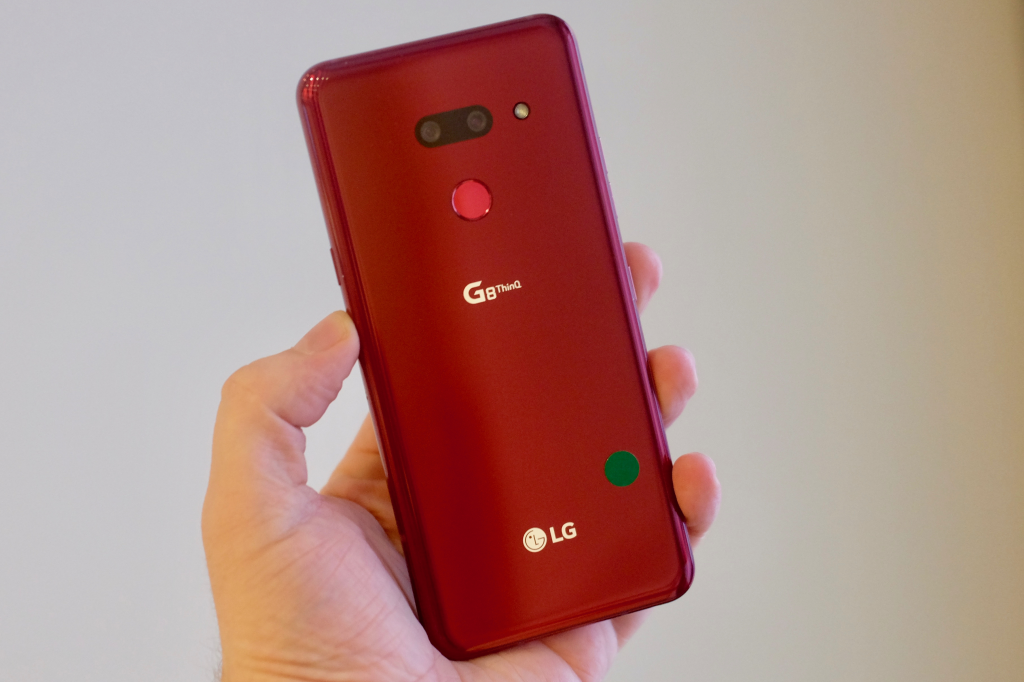
This means you can, for example, open an app by flicking your hand to one side, or change the volume by twisting your hand in front of the camera. Again, not exactly life changing, but potentially useful if your hands are covered in cake mixture and you want to crank up the Spotify volume.
Perhaps more interesting on the photographic front is that the ‘Z camera’ and its depth-sensing tech should also mean improved portrait selfies and some advanced editing effects. If the rest of the LG G8 Thinq is a little underwhelming, we are at least looking forward to giving that a spin whenever it arrives (its launch date is still TBC).
ZTE Blade V10
Cameras: 16-megapixel (f/1.8), 5-megapixel, f/2.4 (depth sensor), plus 32-megapixel front-facing selfie camera
Like the LG G8 Thinq, ZTE has focused on sprucing up the front-facing camera of its new Blade V10 – although it’s taken a very different approach to its rival’s so-called Z camera.
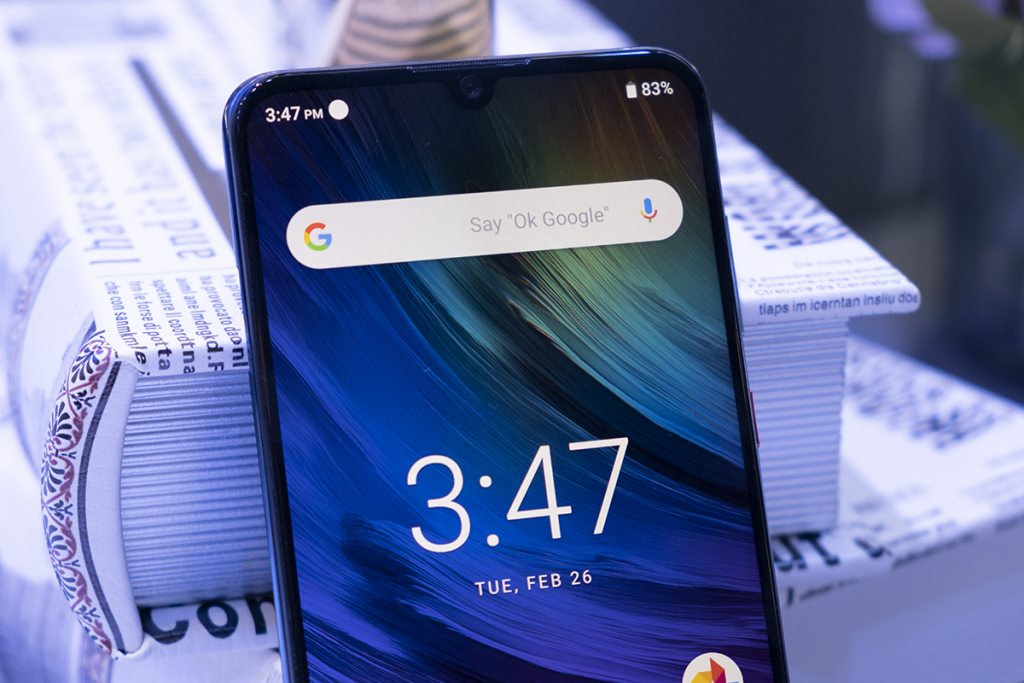
This new mid-ranger has a staggering 32-megapixel selfie camera. It’s unlikely that you’ll want to use that resolution to crop into a specific eyelash, so it uses a similar pixel-binning approach to many phones’ rear cameras to help improve its low light performance (perhaps handy for dingy bars) and produce 8-megapixel shots instead.
The Blade V10 also provides extra help in darker conditions with its ‘Smart Selfie” A.I technology, which apparently detects lighting in the scene and adjusts the camera settings automatically. In other words, this is a narcissist’s dream phone.
Considering it’s likely to go on sale for around €200, the ZTE Blade V10 isn’t short of photographic power round the back either, with a 16-megapixel main camera (with an f/1.8 aperture) flanked by a 5-megapixel depth sensor.
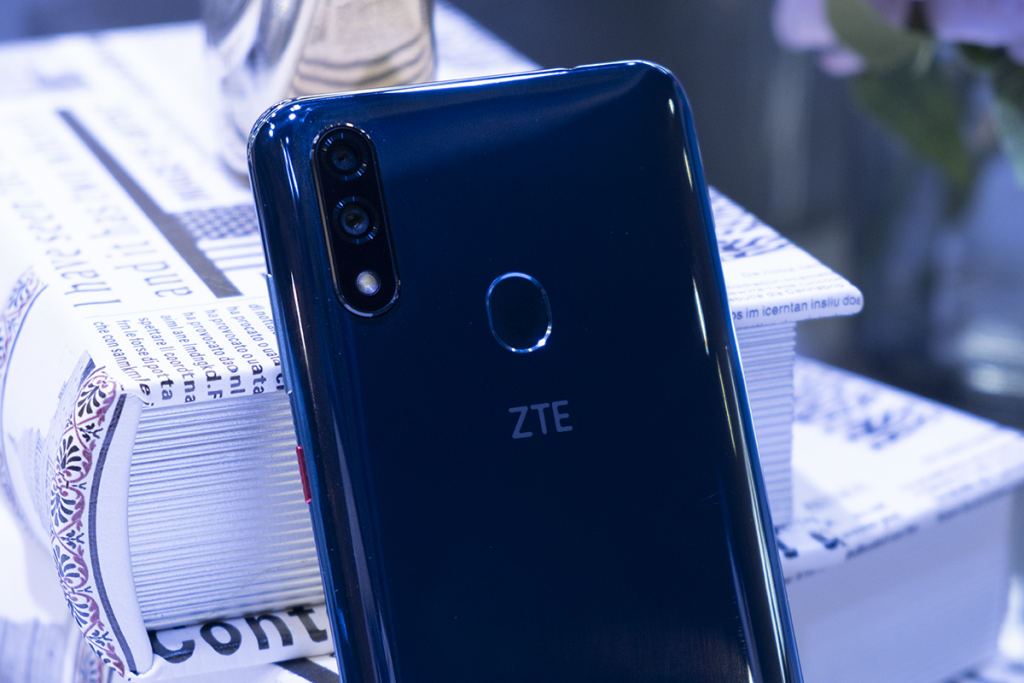
Even if you’re not obsessed taking the world’s best selfies, this phone’s shaping up to be a good all-round option at this price and a decent alternative to the likes of the Moto G7.
The only downside is that there’s no confirmed UK launch yet, so you may need to import one to fulfil your dream of owning a 32-megapixel selfie phone.
What do you think, which phone’s camera are you most excited by from MWC 2019? Let us know on Twitter @TrustedReviews.


